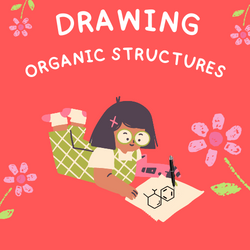
Drawing molecules every time may be tedious, time and space-consuming. So, you must understand how to use short-hand methods to represent organic structures.
In this chapter, we have an extensive set of examples of representing organic compounds, including long chains, wedges, dashes, rings, and dots, thereby understanding the chemistry language.
Drawing Organic Structures – Chapter Covers:
- Introduction
- Empirical Formula
- How to Calculate Empirical Formula from percentage composition and atomic masses
- Related Numerical Problems - Finding Empirical Formula (Solved)
- Molecular Formula
- Numerical Problems related to finding molecular formula (Solved)
- How to calculate molecular formula from empirical formula and molecular masses
- Hill Nomenclature - The Empirical and Molecular Formula Writing Rules
- Kekulé
- Condensed
- Skeletal or Bond line
- Polygon formula
- Lewis Structures- What are Lewis structures and How to Draw
- Rules to Draw Lewis structures- With Solved Examples
- Lewis structures- Solved Examples, Neutral molecules, Anions, and Cations
- Limitation of Lewis structures
- 3D structure representation- Dash and Wedge line
- Molecular models for organic structure representation- Stick model, Ball-stick, and Space-filling
- Newman Projection- Introduction and Importance
- How to Draw Newman Projections from Bond-Line Formula (5 step-by-step solved examples on alkane, substituted alkane, alkene, ketone, and cycloalkane)
- Drawing Newman Projections to the Bond line Formula (solved examples)
- Sawhorse Projection